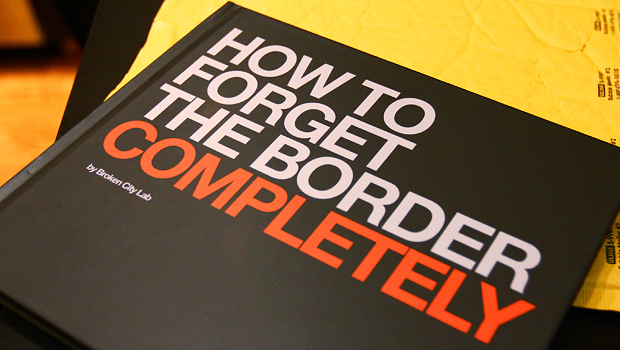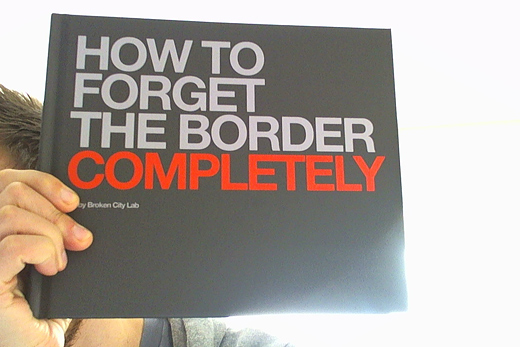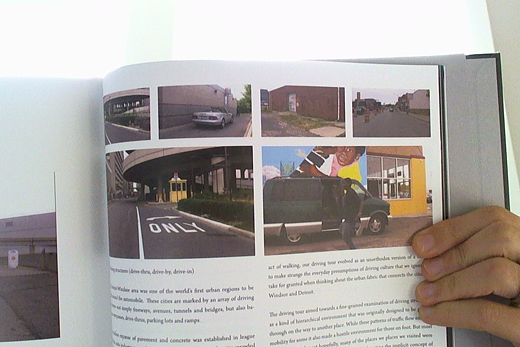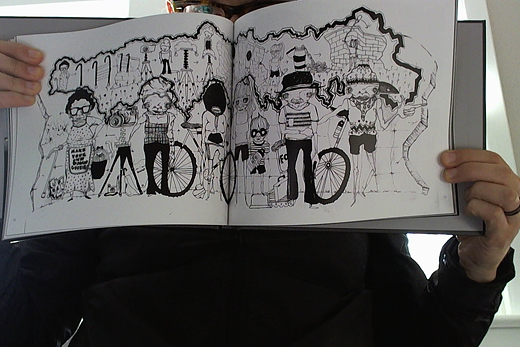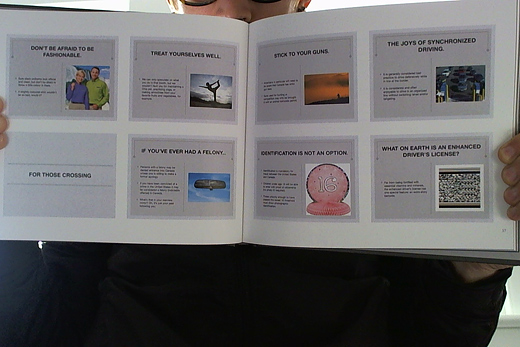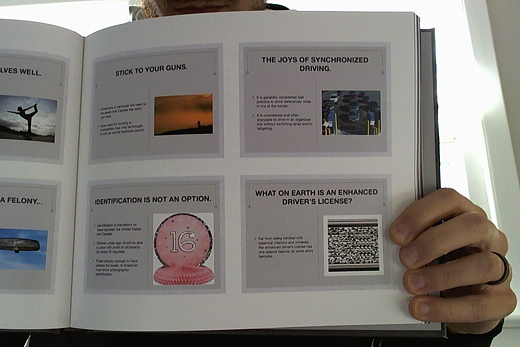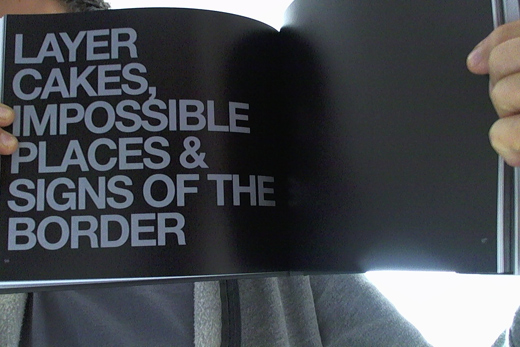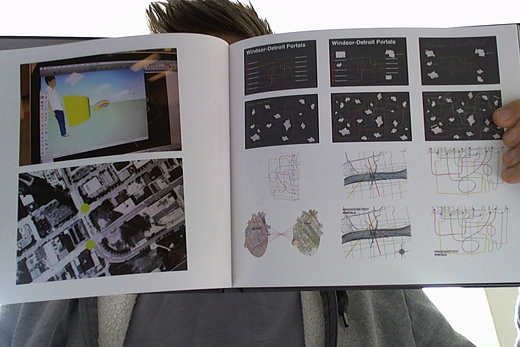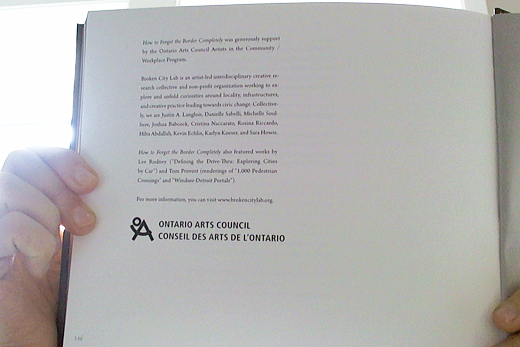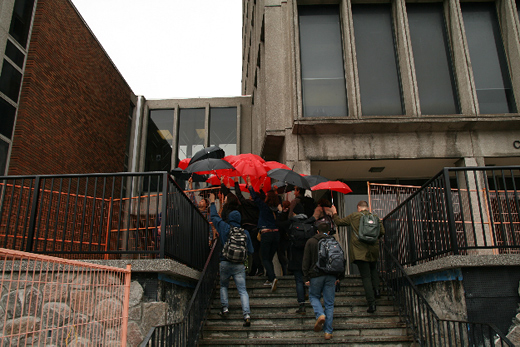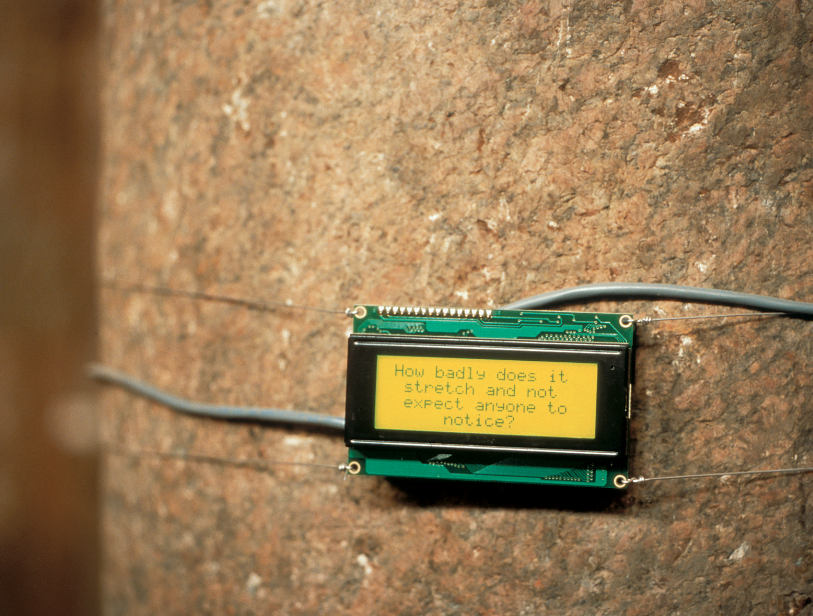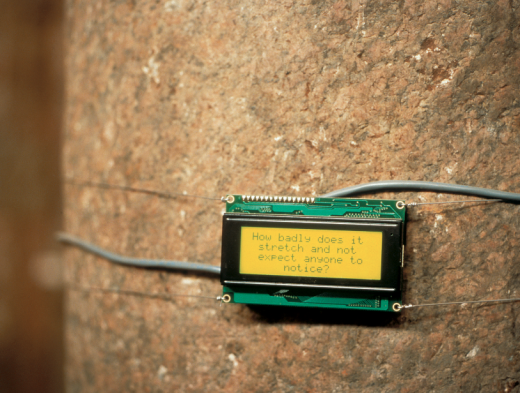Remember a couple of weeks ago, we received some copies of our How to Forget the Border Completely book? Well, there were a couple of print issues that have now been resolved, so if you’ve been waiting to get your hands on a copy, now’s the time! HFBC was an 8-month research project that looked at the ways in which we might actually be able to forget about the border between Windsor and Detroit. Whether through small-scale micro-grants or large-scale infrastructure proposals, we imagined these two cities as one big community across 150 pages.
You can purchase the book through Blurb. It should arrive within a couple weeks tops. We’re going to get around to offering a soft cover version too, soon. In the meantime, you can also read through a PDF of the entire book (p.s. it’s 72mb). It’s probably not as fun as having a book in your hands, but the content is there for your perusal.
This book is actually phase 1 of a larger HFBC project — think airplanes, scale models, and a few other things that will take a lot longer to complete than we ever anticipated. For now though, we’re just really happy to see this in print!
BUY a copy!!!
How to Forget the Border Completely is generously supported by the Ontario Arts Council.

